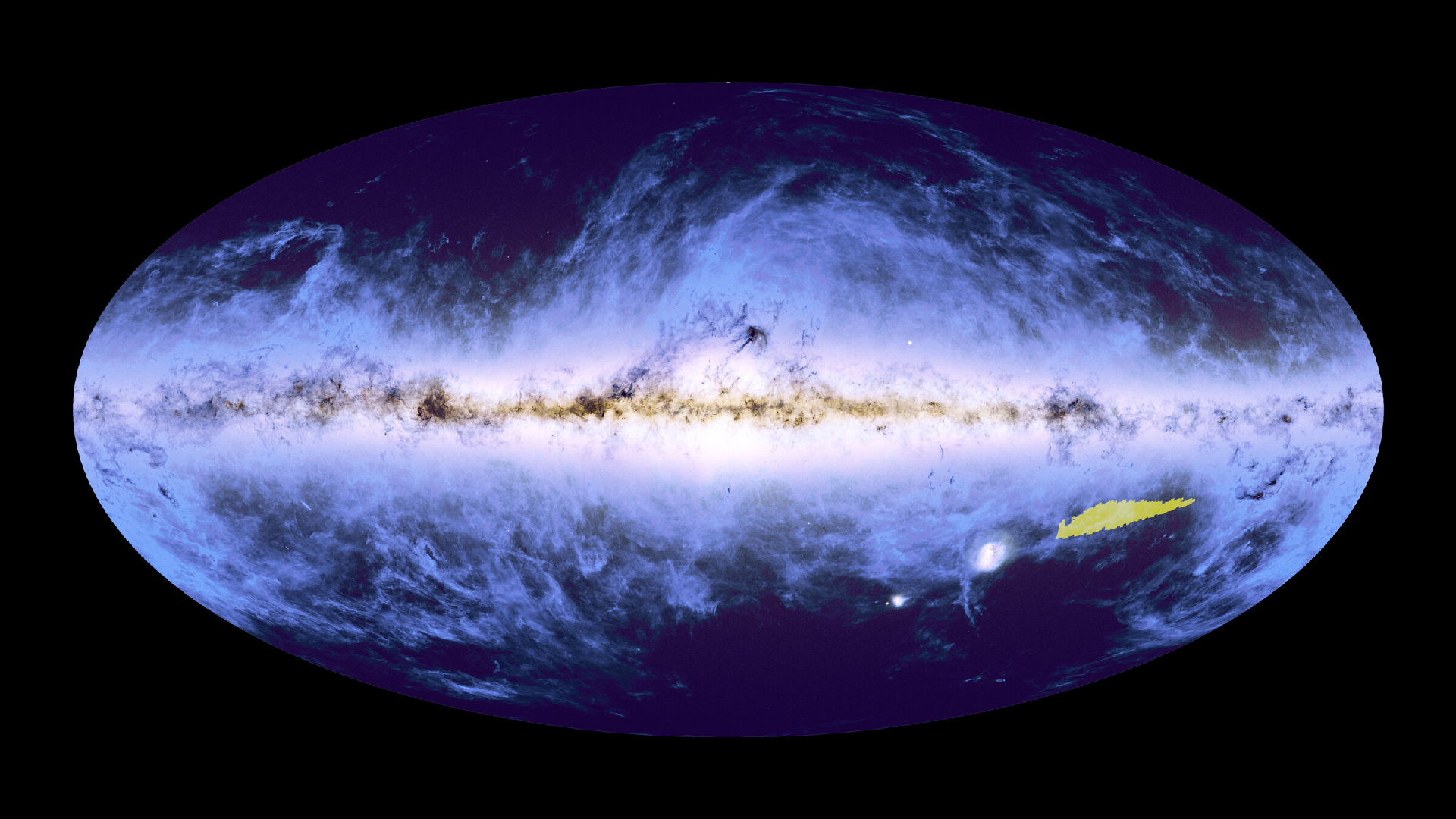Remote Sensing, Vol. 15, Pages 2069: Visual Detection and Association Tracking of Dim Small Ship Targets from Optical Image Sequences of Geostationary Satellite Using Multispectral Radiation Characteristics
Remote Sensing doi: 10.3390/rs15082069
Authors: Fan Meng Guocan Zhao Guojun Zhang Zhi Li Kaimeng Ding
By virtue of the merits of wide swath, persistent observation, and rapid operational response, geostationary remote sensing satellites (e.g., GF-4) show tremendous potential for sea target system surveillance and situational awareness. However, ships in such images appear as dim small targets and may be affected by clutter, reef islands, clouds, and other interferences, which makes the task of ship detection and tracking intractable. Considering the differences in visual saliency characteristics across multispectral bands between ships and jamming targets, a novel approach to visual detecting and association tracking of dense ships based on the GF-4 image sequences is proposed in this paper. First, candidate ship blobs are segmented in each single-spectral image of each frame through a multi-vision salient features fusion strategy, to obtain the centroid position, size, and corresponding spectral grayscale information of suspected ships. Due to the displacement of moving ships across multispectral images of each frame, multispectral association with regard to the positions of ship blobs is then performed to determine the final ship detections. Afterwards, precise position correction of detected ships is implemented for each frame in image sequences via multimodal data association between GF-4 detections and automatic identification system data. Last, an improved multiple hypotheses tracking algorithm with multispectral radiation and size characteristics is put forward to track ships across multi-frame corrected detections and estimate ships’ motion states. Experiment results demonstrate that our method can effectively detect and track ships in GF-4 remote sensing image sequences with high precision and recall rate, yielding state-of-the-art performance.

 1 year ago
33
1 year ago
33


